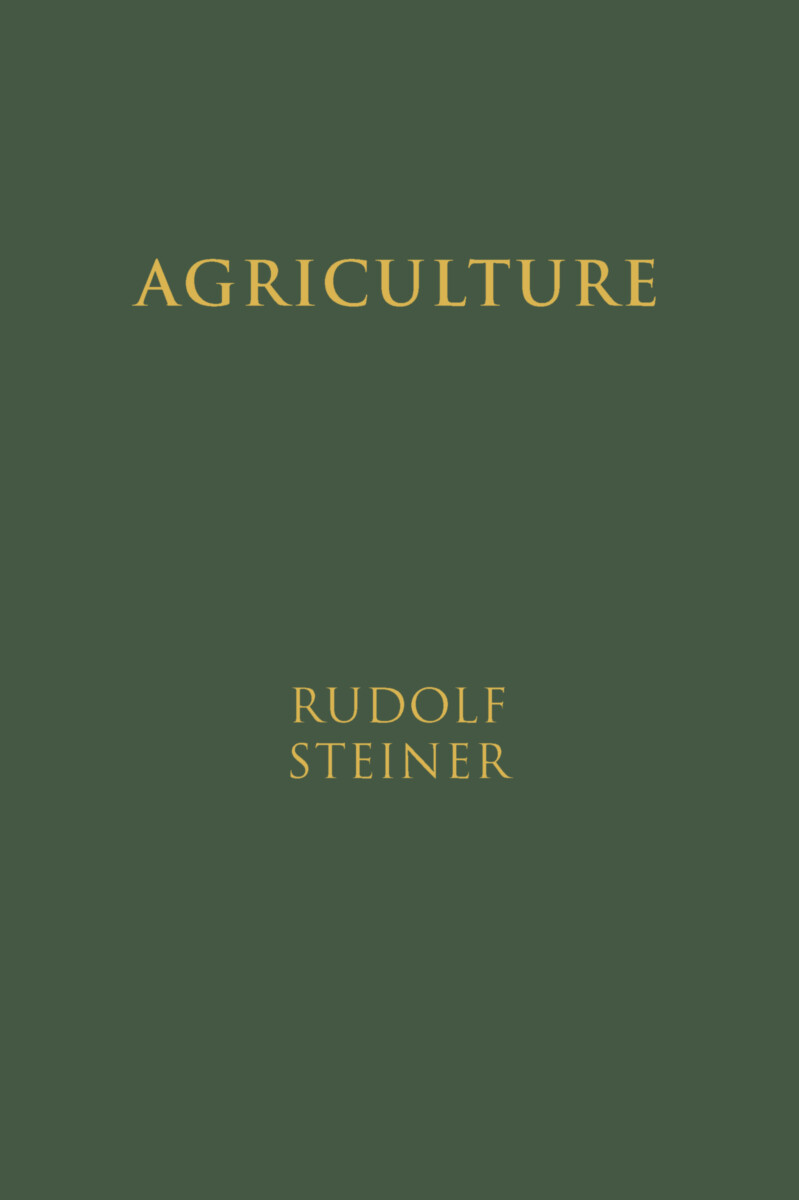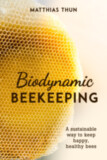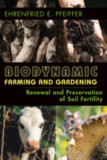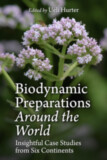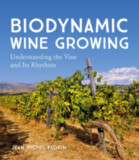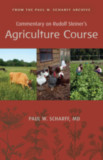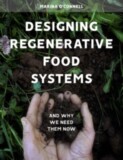Agriculture
Spiritual Foundations for the Renewal of Agriculture (CW 327)
Foreword by Roderick Shouldice
Contributions by Ehrenfried E. Pfeiffer
Translated by Catherine E. Creeger and Malcolm Ian Gardner
Edited by Malcolm Ian Gardner
- Publisher
Biodynamic Farming & Gardening Association - Published
1st January 1993 - ISBN 9780938250371
- Language English
- Pages 327 pp.
- Size 5.5" x 8.5"
- Images 8 color plates
8 lectures and 4 discussions, Koberwitz, June 7–20, 1924 (CW 327)
With this remarkable series of lectures presented in Koberwitz, Silesia, June 7 to 16, 1924, Rudolf Steiner founded biodynamic agriculture. They contain profound insights into farming, the plant and animal world, the nature of organic chemistry, and the influences of heavenly bodies. This translation from the original German by Catherine E. Creeger and Malcolm Gardner is a fundamental text for many intermediate and advanced students of biodynamic agriculture—one to which the biodynamic practitioner will refer again and again over the years.
In addition to the eight lectures, this edition includes:
- Four discussions by Rudolf Steiner;
- Color plates of Steiner’s blackboard drawings;
- An address to the members of the Agricultural Experimental group;
- Rudolf Steiner’s report to members of the Anthroposophical Society following the lectures;
- Rudolf Steiner's handwritten notes for the course;
- Additional agricultural indications by Rudolf Steiner;
- An essay: “New Directions in Agriculture,” by Ehrenfried E. Pfeiffer, a biodynamic pioneer in North America.
Agriculture is a translation from German of the book Geisteswissenschaftliche Grundlagen zum Gedeihen der Landwirtschaft. Landwirtschaftlicher Kursus (GA 327).
C O N T E N T S:
Foreword by Roderick Shouldice
Introductory: Rudolf Steiner’s Report to the Anthroposophical Society after the Agriculture Course
THE AGRICULTURE COURSE—KOBERWITZ, SILESIA
Lecture 1: Words of gratitude and introduction. The need to consider the cosmic as well as the earthly environment. The emancipation of plants. The seven planets and the role of substances like silica and lime in mediating their influence. How the influence of the different planets on plants is restrained or enhanced by water and warmth.
Lecture 2: The farm as an individuality “standing on its head.” The interchange between below and above. Form and chaos in plant development. The Significance of having the right animals on the farm. The influence of the planets on animal form and development.
Lecture 3: How cosmic and earthly forces work through the substances of the Earth. The spiritual nature of the elements of protein. The interaction of these substances with lime and silica. The significance of the legumes and their relation to nitrogen and lime. The contrasting nature of lime and silica. The mediating role of nitrogen in plant growth and development.
Lecture 4: Substances and forces in human and plant nutrition. Humus and the task of enlivening the soil. Preparing compost to enliven the pastures and the pasturing animals. The significance of the cow’s horns and hoofs and how to use cow horns in collecting forces for the crop plants.
First Discussion
Lecture 5: Manuring as a replenishing of the soil’s forces. How to introduce living forces into manure or compost piles using specific plant preparations.
Second Discussion
Lecture 6: Weeds, pests, and plant diseases and the influence of the planets. The relation between weeds and the Moon. The relation of animals to the zodiac. The relation of plant diseases to the Moon and water.
Third Discussion
Lecture 7: The need to recognize the subtle interactions in nature. The nature of trees and the significance of orchards and forests. The essential relationship between animals and plants.
Lecture 8: Principles for feeding animals based on understanding the interaction of forces and substances in the animal body. Guidelines for feeding young animals, dairy animals, work animals and animals to be fattened. Concluding works of caution and gratitude.
Fourth Discussion
Address to Members of the Agricultural Experimental Circle
Appendices:
A. Rudolf Steiner’s handwritten notes to the Agriculture Course
B. Further agricultural indications by Rudolf Steiner
C. New directions in agriculture (Ehrenfried E. Pfeiffer)
Editorial notes
Literature cited
List of useful addresses
Index
Color Plates: Blackboard drawings by Rudolf Steiner
Rudolf Steiner
Rudolf Steiner (b. Rudolf Joseph Lorenz Steiner, 1861–1925) was born in the small village of Kraljevec, Austro-Hungarian Empire (now in Croatia), where he grew up. As a young man, he lived in Weimar and Berlin, where he became a well-published scientific, literary, and philosophical scholar, known especially for his work with Goethe’s scientific writings. Steiner termed his spiritual philosophy anthroposophy, meaning “wisdom of the human being.” As an exceptionally developed seer, he based his work on direct knowledge and perception of spiritual dimensions. He initiated a modern, universal “spiritual science” that is accessible to anyone willing to exercise clear and unbiased thinking. From his spiritual investigations, Steiner provided suggestions for the renewal of numerous activities, including education (general and for special needs), agriculture, medicine, economics, architecture, science, philosophy, Christianity, and the arts. There are currently thousands of schools, clinics, farms, and initiatives in other fields that involve practical work based on the principles Steiner developed. His many published works feature his research into the spiritual nature of human beings, the evolution of the world and humanity, and methods for personal development. He wrote some thirty books and delivered more than six thousand lectures throughout much of Europe. In 1924, Steiner founded the General Anthroposophical Society, which today has branches around the world.


